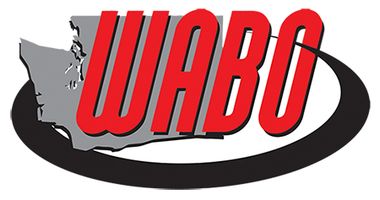NFPA 58: Liquefied Petroleum Gas Code, 2017 Edition
Featuring an expanded scope, all-new chapter, and major changes, the 2017 edition of NFPA 58 reflects the changing face of LP-Gas technology and the latest safety protocols. Enforced in most states and referenced by DOT, NFPA 58: Liquefied Petroleum Gas Code provides minimum safety requirements for all liquefied petroleum gas (propane) installations -- from small cylinders installed at residences to large bulk storage facilities that can exceed 100,000 gallons. It includes minimum requirements for safe handling during LP-Gas transfer, including operator qualifications, maximum filling quantity in containers, and pre-transfer inspections to ensure containers are fit for continued service. NFPA 58 also covers a number of safety requirements related to container construction; piping design; separation of containers from homes, stores, schools and other important buildings; and safe handling of liquefied petroleum gas during transfer between containers. Updates help designers, safety and risk managers, AHJs, and insurance professionals effectively address today's LP-Gas hazards. An all-new chapter (Chapter 12) updates the technology now available for over-the-road vehicles utilizing LP-Gas. New definitions, construction, transportation, and location requirements have been added for skid tanks and porta-pacs. NFPA 58's scope is expanded to include hot air balloons, with requirements referencing the current state of federal law regarding their use and construction. The newest edition also includes new requirements and guidance on how to conduct liquid transfer into these containers that were previously not covered by the Code. Revised snow load requirements for container or piping protection are based on calculations and snowfall maps from ASCE 7. The threshold for protecting containers and appurtenances from snow has been raised to 100 lb/ft. Basic fire extinguisher requirements are centralized to Section 4.7, with individual capacity requirements remaining in the specific application section. Appurtenance requirements in Table 5.9.4.1(B) are expanded to cover containers (except DOT Spec. 39, less than 2 lb. propane capacity). Universal tanks are permitted to be filled in the horizontal or vertical orientation, as long as the positioning slot is in the correct orientation. New requirements in Chapter 6 address the placing of ASME tanks that have been disconnected from use. Vehicle barrier protection (VBP) for cylinders protected in a metal cabinet have been removed, along with changing the VBP requirement for 12,000 lb. protection for vehicle fuel dispensers to 6,000 lb.

